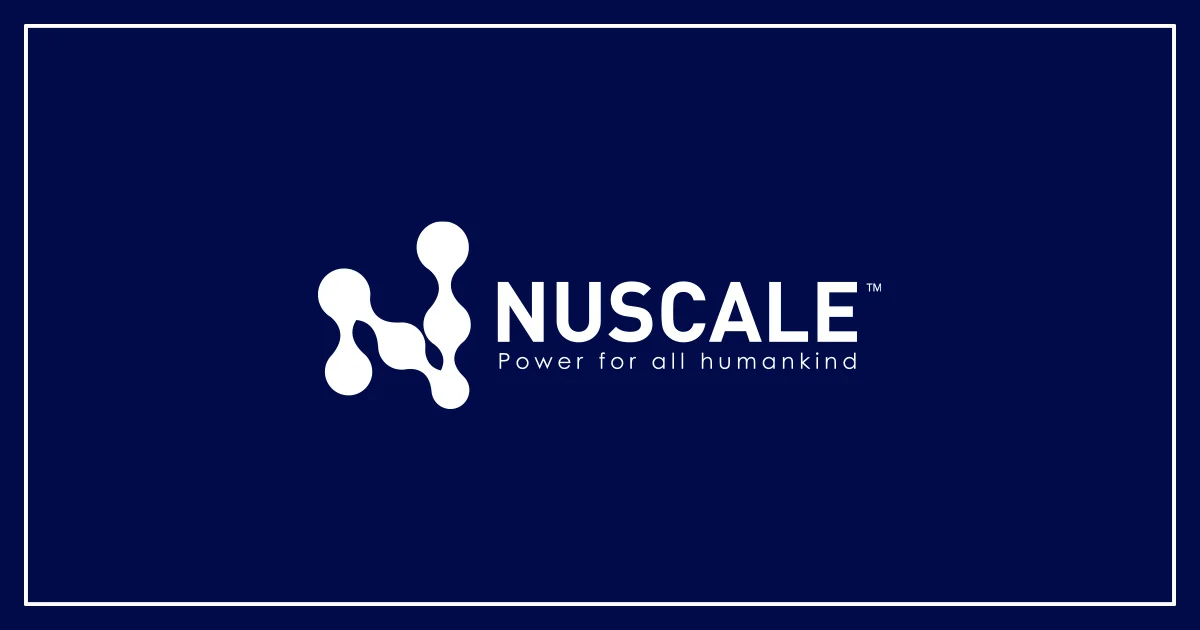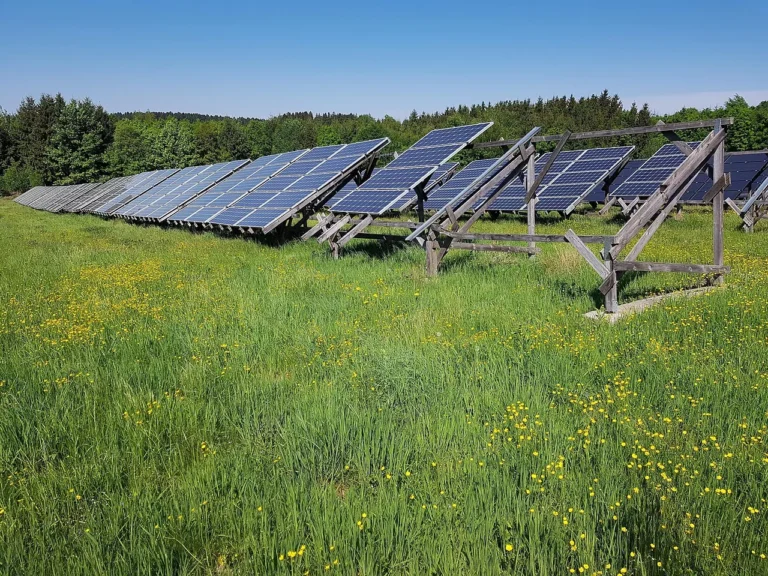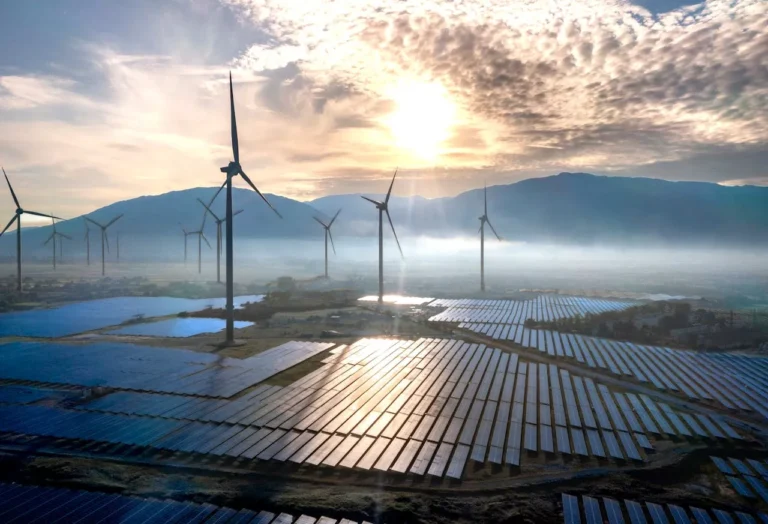
NuScale Power Breakthrough: Pioneering Carbon-Free Solutions for Clean Water and Hydrogen Production
NuScale Power Corporation (NYSE: SMR), a global leader in advanced small modular reactor (SMR) technology, is taking a bold leap forward in the integration of nuclear energy with sustainable water and hydrogen production. As climate change intensifies global water scarcity and the demand for clean hydrogen rises, NuScale’s cutting-edge research and technology are opening new frontiers in carbon-free, scalable solutions for both sectors.
In a recent announcement, NuScale unveiled a series of advanced research initiatives aimed at integrating its innovative NuScale Power Module™ (NPM) technology with high-efficiency desalination systems and novel hydrogen production pathways. The goal: to simultaneously address water scarcity, reduce carbon emissions, and enable the large-scale deployment of clean hydrogen.
Nuclear-Powered Desalination at Unprecedented Scale
At the core of NuScale’s approach is the application of its flagship NPM technology to power advanced reverse osmosis desalination. Reverse osmosis is an energy-intensive process that separates salt and other impurities from seawater to produce potable water. By coupling the NPM—a compact, scalable, and carbon-free nuclear power source—with state-of-the-art desalination systems, NuScale is setting new benchmarks for clean water generation.
Each NPM, according to the company, is capable of powering a reverse osmosis facility that can deliver up to 150 million gallons of clean, desalinated water per day. Crucially, this is accomplished without emitting carbon dioxide, offering a truly sustainable solution to one of the world’s most pressing challenges. In a full-scale configuration involving 12 NPMs, NuScale’s system could provide enough desalinated water for a city of 2.3 million people, while simultaneously generating surplus electricity for approximately 400,000 homes.
This dual-output capability—clean water and electricity—demonstrates the exceptional versatility of NuScale’s integrated energy systems and underscores their potential value in arid, energy-hungry regions where both potable water and reliable electricity are in short supply.
Tackling the Brine Challenge with Innovative Hydrogen Production
While desalination is a powerful tool for water security, it produces concentrated brine as a byproduct, which poses significant environmental disposal challenges. NuScale has turned this problem into an opportunity through a groundbreaking approach that utilizes brine as a resource in clean hydrogen production.
In collaboration with the U.S. Department of Energy’s Pacific Northwest National Laboratory (PNNL), NuScale researchers have developed a novel hydro-thermal chemical decomposition process that converts inert salts—residuals from desalination—into hydrogen. This method offers an alternative to traditional water electrolysis and delivers several key benefits:
- Lower Energy Demand: Unlike electrolysis, which consumes large amounts of electricity to split water molecules, NuScale’s approach leverages the thermal energy output of its nuclear reactors, significantly reducing energy requirements.
- Water Efficiency: Because this method does not rely on large volumes of purified water, it conserves a critical resource, particularly important in regions already struggling with water shortages.
- Safe, Carbon-Free Operations: The brine-derived salts used in this process are non-toxic and safe to transport. When powered by NuScale’s clean nuclear energy, the entire hydrogen production process remains carbon-free.
This advancement was publicly introduced at the 2025 World Petrochemical Conference, where it received strong interest for its potential to revolutionize hydrogen production while mitigating the environmental impacts of industrial desalination.
“The near-term predictions of global water scarcity have become increasingly alarming,” noted Dr. José Reyes, Co-Founder and Chief Technology Officer at NuScale Power. “At the same time, the financial and regulatory momentum for clean hydrogen production is rapidly gaining strength. Our research team has developed a truly integrative approach—a win-win-win solution that addresses water scarcity, transforms waste into a resource, and produces clean, carbon-free hydrogen.”
Next-Generation Hydrogen Simulation and Control Capabilities
Beyond theoretical models and pilot demonstrations, NuScale is also investing in the digital tools necessary to evaluate and scale these integrated systems for commercial deployment. At its Corvallis, Oregon headquarters, the company has developed an advanced Integrated Energy System (IES) simulator tailored for hydrogen production, storage, and conversion back into power.
This simulator encompasses multiple hydrogen production and usage pathways, including:
- High-Temperature Steam Electrolysis (HTSE) Mode: A process that leverages high-grade thermal energy to improve the efficiency of hydrogen production.
- Hydrogen Storage and Power Production: The simulator supports modeling of hydrogen storage systems and its conversion back into electricity using fuel cells, particularly in applications where grid stability or peak-shaving is required.
NuScale’s IES simulator enables dynamic optimization of these systems to meet diverse commercial and industrial energy needs. It can evaluate configurations capable of producing over 200 metric tons of hydrogen per day—sufficient to support large-scale transportation fleets, chemical manufacturing, or power generation facilities.
Industry First: Operational SMR Simulator with Hydrogen Integration
In partnership with engineering firm GSE Solutions and clean energy technology provider Fuel Cell Energy, NuScale’s operations team has taken the integration of simulation and nuclear control systems to the next level. Together, they have developed and integrated a Solid Oxide Electrolysis Cell (SOEC) model and a hydrogen-fueled Fuel Cell power generation model into NuScale’s Main Control Room Simulator.
This advanced simulator replicates real-world operations of a nuclear-powered hydrogen production facility, allowing operators and engineers to fine-tune system performance, test emergency responses, and optimize output under varying demand scenarios. This development marks a significant milestone: NuScale is the first SMR company to successfully build and integrate such a simulator within a broader hydrogen-centric energy system.
“NuScale continues to evaluate a wide range of SMR-powered hydrogen production methods,” said Dr. Reyes. “Our integration of hydrogen models into a full-control simulation environment sets us apart. It allows us to not only design these systems with precision but also train the workforce needed to operate them at scale. This positions us as a leader not just in SMR technology, but in the entire ecosystem of nuclear-integrated clean hydrogen.”
Towards a Carbon-Free, Water-Secure, Hydrogen-Enabled Future
With these advances, NuScale is uniquely positioned to contribute to a sustainable energy and water future. The company’s modular nuclear reactors, when integrated with smart desalination and clean hydrogen production systems, represent a new paradigm in multi-output clean infrastructure.
In a world increasingly affected by climate-induced water shortages, energy instability, and the carbon emissions of traditional hydrogen production, NuScale’s strategy offers a scalable, economically viable, and environmentally sound alternative. The implications extend well beyond water and hydrogen: NuScale’s technologies could serve as the backbone of carbon-free industrial hubs, decarbonized shipping ports, and hydrogen-powered transportation corridors.
The momentum is building. With strong collaborations, public-private partnerships, and a continued focus on innovation, NuScale Power is shaping a future where energy systems are not only more sustainable but also more integrated, efficient, and resilient.










